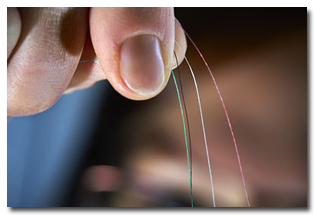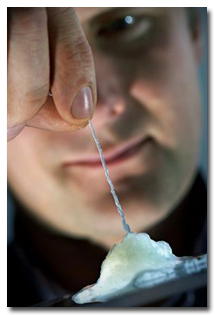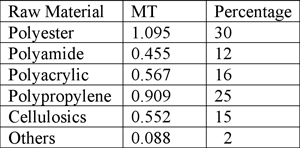WINSTON-SALEM, N.C. — October 7, 2013 — HanesBrands, a leading marketer of everyday basic apparel
under world-class brands, today announced that it has closed the acquisition of Maidenform Brands,
Inc., for approximately $583 million.
Maidenform is a leading seller of bras, shapewear and panties under brands such as
Maidenform, Flexees, Lilyette, Self Expressions and Sweet Nothings, as well as Donna Karan and DKNY
intimate apparel under license.
Hanes will discuss expected acquisition-related sales and profit contributions and expenses
on its third-quarter 2013 investor conference call anticipated to be held in late October or early
November.
“Maidenform is a great company with strong brands and a rich tradition of innovation in
intimate apparel,” Hanes Chairman and Chief Executive Officer Richard A. Noll said. “The Maidenform
business and brands are a perfect addition and complement to our core business and brands. This is
an excellent use of our strong free cash flow to create value.”
The acquisition is expected to create growth and cost savings opportunities and increased
scale to serve retailers. The acquisition will complement Hanes’ Innovate-to-Elevate strategy,
which integrates the company’s world-class brands, low-cost supply chain and product innovation.
Hanes funded the acquisition with cash on hand and short-term borrowings on its revolving
credit facility, which will be retired through free cash flow.
Goldman, Sachs & Co. served as exclusive financial advisor and King & Spalding LLP
served as legal counsel to Hanes.
Cautionary Statement Concerning Forward-Looking Statements
This press release includes forward-looking statements within the meaning of Section 27A of
the Securities Act of 1933 and Section 21E of the Securities Exchange Act of 1934. Forward-looking
statements include all statements that do not relate solely to historical or current facts, and can
generally be identified by the use of words such as “may,” “believe,” “will,” “expect,” “project,”
“estimate,” “intend,” “anticipate,” “plan,” “continue” or similar expressions. In particular, among
others, statements about expectations regarding the effects of the Maidenform acquisition,
including growth, cost-saving opportunities, increased scale and the impact on the
Innovate-to-Elevate strategy are forward-looking statements. Forward-looking statements inherently
involve many risks and uncertainties that could cause actual results to differ materially from
those projected in these statements. Where, in any forward-looking statement, we express an
expectation or belief as to future results or events, such expectation or belief is based on the
current plans and expectations of our management, expressed in good faith. However, there can be no
assurance that the expectation or belief will result or will be achieved or accomplished, and
actual results may differ materially from those contemplated by the forward-looking statements. A
number of important factors could cause actual results to differ materially from those contemplated
by the forward-looking statements, including, but not limited to our ability to achieve expected
synergies and successfully complete the integration of Maidenform and the level of expenses and
other charges related to the acquisition.
We believe these forward-looking statements are reasonable; however, undue reliance should
not be placed on any forward-looking statements, which are based on current expectations. All
forward-looking statements speak only as of the date hereof. We undertake no obligation to update
or revise forward-looking statements that may be made to reflect events or circumstances that arise
after the date made or to reflect the occurrence of unanticipated events, other than as required by
law.
Posted October 8, 2013
Source: HanesBrands









